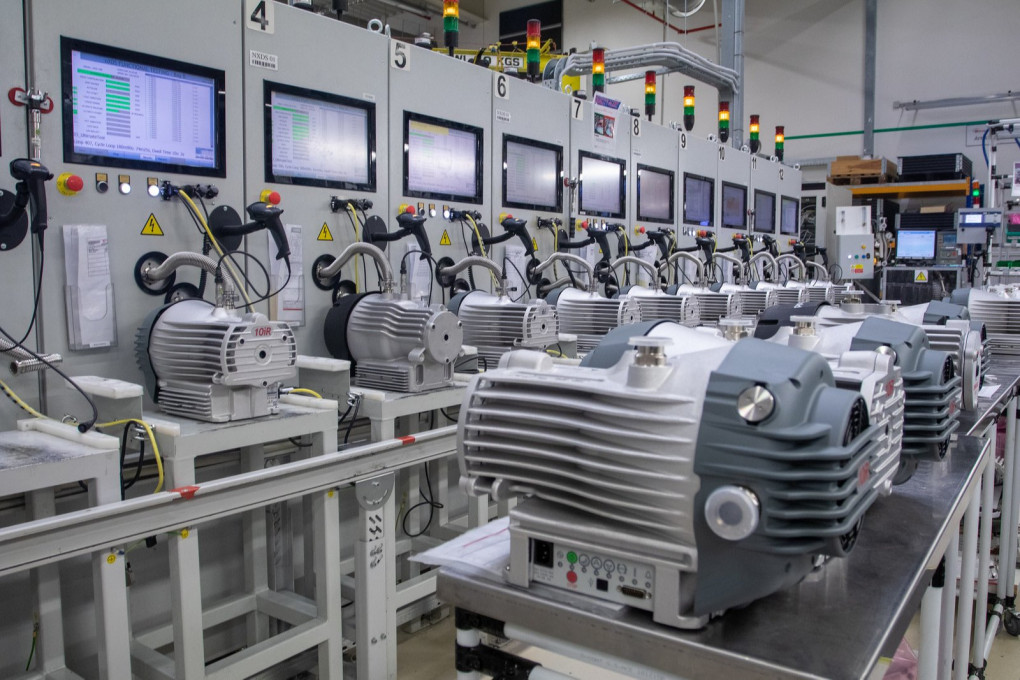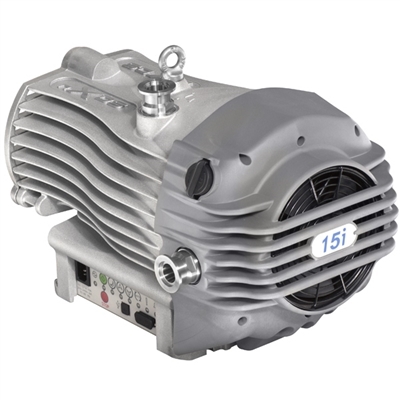
In the realm of vacuum technology, the efficiency and reliability of vacuum pumps are paramount. Among the various types available, Rotary Vane and Scroll Pumps stand out for their distinct mechanisms and applications. Understanding their differences and the pros and cons of each can guide users in choosing the most suitable type for their specific needs.
Rotary Vane Pumps: Classic EfficiencyRotary Vane Pumps are characterized by their simple yet effective design. They consist of a rotor with longitudinal slots, which house the vanes. As the rotor spins, these vanes slide in and out, creating a series of chambers that expand and compress, generating vacuum. This design has been around for decades, proving its durability and reliability.
Pros:
- High Durability: The robust construction of Rotary Vane Pumps contributes to their longevity, making them suitable for continuous, heavy-duty applications.
- Cost-Effectiveness: Generally, they are more affordable than Scroll Pumps, both in initial purchase and maintenance costs.
- High Ultimate Vacuum: These pumps can achieve deeper vacuum levels, making them ideal for applications requiring a high degree of vacuum.
Cons:
- Oil Lubrication: Most Rotary Vane Pumps require oil for lubrication, which can lead to contamination of the vacuum environment and require regular maintenance.
- Noise and Vibration: They tend to be noisier and produce more vibration compared to Scroll Pumps, which can be a drawback in sensitive environments.
Scroll Pumps, also known as Spiral Pumps, operate on the principle of two interleaved scrolls. One scroll remains stationary, while the other orbits around it, trapping gas in pockets between the scrolls and moving it toward the pump's center, where it's expelled. This mechanism is inherently quieter and smoother than that of Rotary Vane Pumps.
Pros:
- Oil-Free Operation: Scroll Pumps can operate without oil, eliminating the risk of oil contamination and reducing maintenance requirements.
- Lower Noise and Vibration: These pumps offer a quieter operation with minimal vibration, making them suitable for laboratories and cleanroom environments.
- Energy Efficiency: They are generally more energy-efficient, especially in lower capacity applications, due to their smoother operation and lack of oil friction.
Cons:
- Higher Cost: The initial cost and repair expenses of Scroll Pumps can be higher compared to Rotary Vane Pumps.
- Limited Vacuum Levels: While sufficient for many applications, Scroll Pumps usually cannot achieve the same deep vacuum levels as Rotary Vane Pumps.
The choice between Rotary Vane and Scroll Pumps should be based on specific application requirements:
- Vacuum Level Needs: For deeper vacuum levels, Rotary Vane Pumps are preferable. If the required vacuum level is moderate, Scroll Pumps might be a better choice due to their cleaner operation.
- Operating Environment: In environments where noise and vibration are critical factors, Scroll Pumps have a clear advantage.
- Maintenance and Operation Costs: If minimizing upfront and ongoing costs is essential, Rotary Vane Pumps may be more suitable. Conversely, if the goal is to reduce maintenance and ensure cleaner operation, Scroll Pumps could be the better investment.
- Application Type: Rotary Vane Pumps are well-suited for industrial applications where durability and high vacuum are key. Scroll Pumps, with their quiet and oil-free operation, excel in medical, pharmaceutical, and laboratory settings.
Both Rotary Vane and Scroll Pumps have their unique advantages and drawbacks, making them suitable for different applications. Understanding the operational mechanics, costs, and maintenance requirements of each can help users make informed decisions tailored to their specific needs. Whether it's the robust and efficient Rotary Vane Pump or the quiet and clean Scroll Pump, the right choice depends on the balance between performance requirements and operational constraints.






